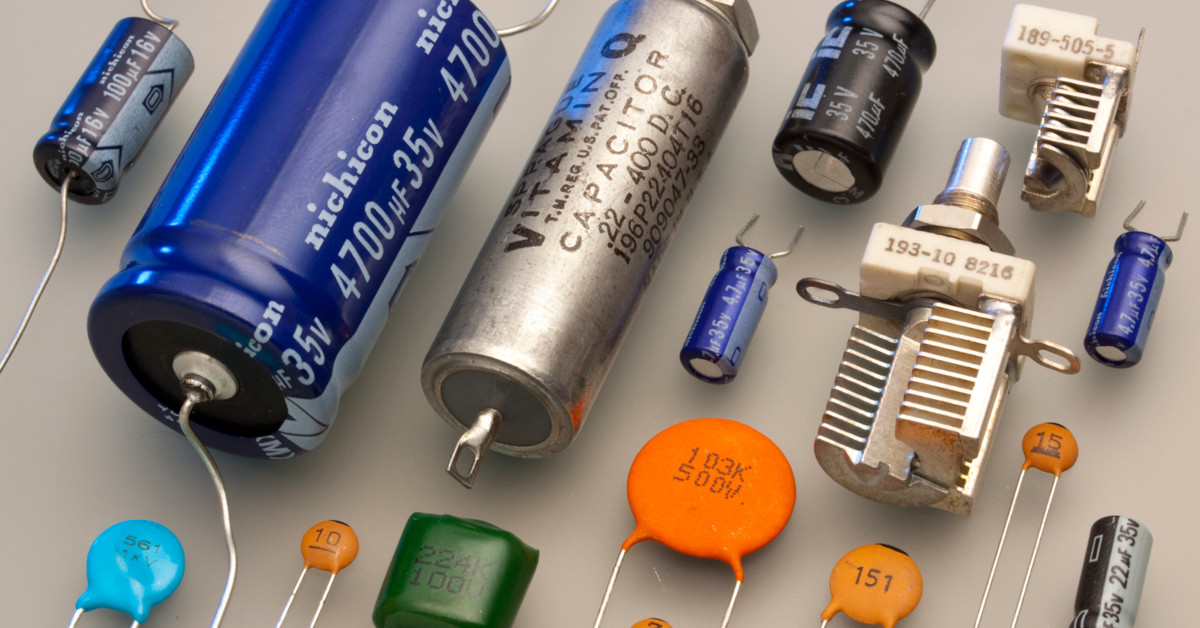A capacitor is an electrical component that stores electrical energy in an electric field. It consists of two conductive plates separated by an insulating material called a dielectric. The plates can be made of metal, plastic, or other conductive materials and the dielectric can be air, paper, ceramic, or plastic. Capacitors are commonly used in a variety of electrical and electronic circuits, from power supplies and filters to coupling and decoupling applications.
When a voltage is applied across the conductive plates of a capacitor, an electric field is created between the plates. This electric field stores electrical energy and can be used to release that energy when needed. When a voltage is applied to the capacitor, a current flows into the capacitor, charging it. This current continues to flow until the voltage across the capacitor reaches the same level as the applied voltage. At this point, the current stops flowing and the capacitor is said to be fully charged.
One of the most important properties of a capacitor is its capacitance, which is a measure of the amount of electrical energy that can be stored in the electric field. Capacitance is expressed in Farads (F) and is determined by the size of the conductive plates and the distance between them. Larger conductive plates and smaller distances between the plates result in higher capacitance, while smaller conductive plates and larger distances result in lower capacitance.
Capacitors have many uses in electrical and electronic circuits. One of the most common applications is as a filter in power supplies. In this application, a capacitor is placed in series with a load to block the flow of direct current (DC) and allow only alternating current (AC) to pass. This helps to regulate the voltage and prevent unwanted DC signals from reaching the load.
Another common use of capacitors is in coupling and decoupling applications. In coupling, a capacitor is used to pass the AC signal from one stage of a circuit to the next while blocking any DC component of the signal. In decoupling, capacitors are used to remove any unwanted noise or fluctuations from the power supply.
Capacitors are also used in timing circuits and for energy storage. In timing circuits, the discharge of a charged capacitor through a resistor is used to create a timing delay. In energy storage applications, capacitors are used to store large amounts of energy that can be quickly released when needed. This makes them ideal for use in flash photography, for example, where a capacitor is charged up and then quickly discharged to produce a flash of light.
There are many different types of capacitors, each with its own unique properties and uses. Some of the most common types include ceramic capacitors, tantalum capacitors, aluminum electrolytic capacitors, and film capacitors.
Capacitors are important components in many electrical and electronic circuits. They are used to store electrical energy, regulate voltages, remove noise, and create timing delays. Understanding the basic principles of capacitors and their applications is essential for anyone working in the field of electronics. Want to learn more about technology? Subscribe to Technology Explained for more…

Leave a Reply